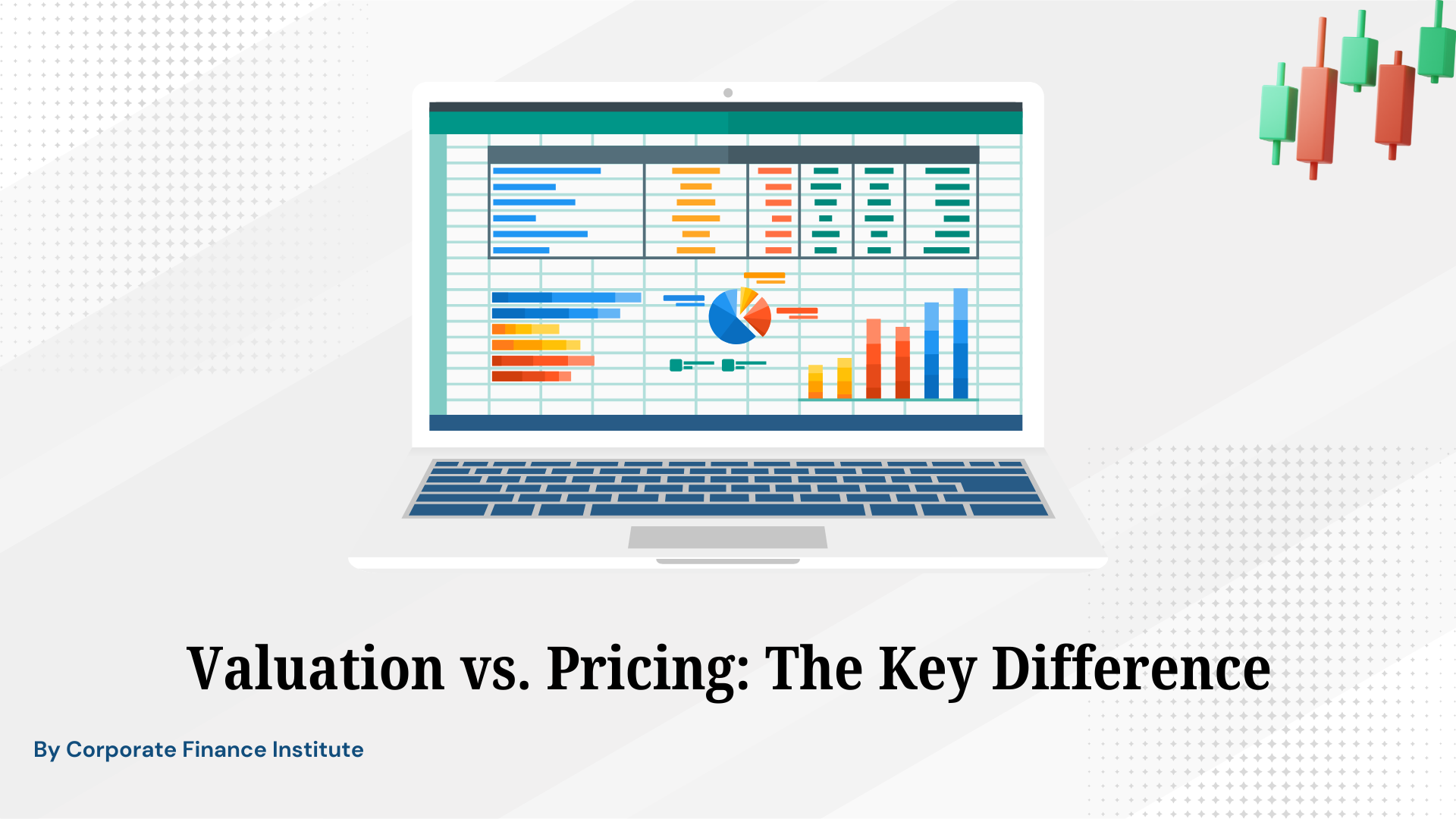Did you know that nearly 60% of investors miss out on potential gains simply because their investment portfolio isn’t diversified enough?
In 2024, the stakes are higher than ever, making it crucial to rethink how you approach your investments.
But what exactly does it mean to create a diversified investment portfolio, and how can you ensure yours is set up for success?
Understanding the investment portfolio meaning is the first step, but there’s more to it.
In this blog, we’ll uncover these essentials:
- How to create an investment portfolio?
- A guide on what is an example of a portfolio in investing
- Introduce you to tools like an investment portfolio calculator that can make the process smoother.
Whether you’re a seasoned investor or just starting, this guide will give you the insights you need to make smarter investment decisions this year.
What is an Investment Portfolio?
A diversified investment portfolio is like a mix of different investments that work together to help you grow your money while keeping risks in check.
These assets include:
- Stocks
- Bonds
- Real estate
- Mutual funds
- ETF
- Crypto commodities
- Arts and watches
The primary goal of an investment portfolio is to grow wealth over time while managing the risks associated with different types of investments.
By spreading investments across different asset classes and sectors—a portfolio aims to balance potential returns with the risk of losses, helping you achieve your financial goals.
Each portfolio is typically tailored to the investor’s:
- Specific risk tolerance
- Time horizon
- Financial objectives
The idea is to spread your investments across various assets so that if one doesn’t perform well, the others can help cushion the impact.
By diversifying your portfolio, you manage risk while aiming for growth.
Whether you’re:
- Saving for retirement
- A big purchase
- Just looking to build your wealth
Your investment portfolio is tailored to your goals and how much risk you’re comfortable taking on.
→ Diversify your investments to reduce the risk of loss and increase your overall return.
What is an Example of a Portfolio in Investing?
Imagine you have $10,000 to invest.
Instead of putting all that money into one company’s stock, you decide to spread it across different types of investments.
You might decide to put:
- $4,000 into a mix of tech stocks
- $3,000 into government bonds for stability
- $2,000 into a real estate investment trust (REIT) for some real estate exposure
- Remaining $1,000 into an international mutual fund.
This combination of different investments:
- Stocks
- Bonds
- Real estate
- Mutual funds—make up your portfolio.
By diversifying like this, you’re not relying on just one investment to perform well, which helps balance out the risks and potential rewards.
That’s the essence of an investment portfolio; it helps you mitigate the risk factor.
How to Create a Diversified Investment Portfolio?
Creating an investment portfolio might seem daunting, but it’s really about making a plan that matches your financial goals and comfort with risk.
[If you’re in your 20s wondering about your investment plans, here’s a complete guide to investment to help you get started.]
Here’s a simple way to get started:
1. Set Your Goals:
First, think about what you’re investing for.
- Is it retirement?
- Are you saving for your children’s education?
- Are you just growing your wealth?
Your goals will guide your choices.
2. Know Your Risk Tolerance:
How comfortable are you with taking risks?
If you’re okay with some ups and downs, you might lean more towards stocks. If you prefer stability, bonds might be more your style.
3. Choose Your Investments:
Diversification is key. This means spreading your money across different types of investments like stocks, bonds, real estate, or mutual funds.
This way, if one doesn’t perform well, others can help balance things out.
4. Allocate Your Assets:
Decide how much money to put into each type of investment based on your goals and risk tolerance. For example, if you’re young and saving for retirement, you might invest more in stocks for growth.
5. Keep an Eye on Things:
Once your portfolio is set up, it’s important to review it regularly.
Markets and your goals might change, so adjusting your portfolio as needed is key.
Ask yourself:
- Do you have five to six hours to research your investments, or do you prefer something that requires less time and maintenance?
- Also, consider when you’ll need the money—are you comfortable holding onto your investments for 3 to 9 years, or will you need access sooner?
Taking a proactive approach keeps you on top of things and helps you make the most of your investments as time goes on.
6. Use Tools:
Don’t hesitate to use tools like investment portfolio calculators to help you fine-tune your strategy.
By following these steps, you’ll have a well-rounded portfolio that’s designed to grow with you over time.
Pro Tip: To create the ultimate investment portfolio, it’s not about choosing just one of these 3 types:
- Income Portfolio: Focuses on generating steady income through dividends or interest.
- Balanced Portfolio: Combines various investments to manage risk and reward.
- Growth Portfolio: Aims for investments that are expected to increase in value over time.
Instead, it’s about blending all three to build a diversified, recession-proof portfolio.
With global tensions and economic uncertainties on the rise, now is the time to adopt a hybrid approach. This strategy helps you stay ahead and secure a stable financial future for yourself and future generations.
Investment Portfolio Calculator
Using an investment portfolio calculator is an excellent way to streamline your investment decisions and stay on the right track.
1. Gather details:
Start by gathering details about your current investments, such as:
- The amount you’ve invested
- The types of assets you hold
- Their expected returns—and plug these numbers into the calculator.
2. Set goals:
Next, set your financial goals, and decide whether you’re:
- Saving for retirement
- Buying a home
- Saving for children’s education
- Simply growing your wealth.
The calculator will help you see how your investments align with these objectives.
3. Analyse:
Once your data is input, the calculator will break down your portfolio’s performance, showing how each investment contributes to your overall returns.
This analysis helps you understand:
- Where your money is working hardest
- Where adjustments might be needed.
If the calculator reveals an underperforming asset, you can tweak your portfolio to improve its efficiency by shifting funds to better-performing investments.
4. Scenario planning:
Many calculators also allow for scenario planning, where you can explore “what-if” situations, such as adding a new investment or adjusting your risk level.
By taking the guesswork out of managing your investments, an investment portfolio calculator helps you stay on top of your financial goals with confidence.
Conclusion
See the money you earn—it’s the result of your hard work and dedication.
- Respect it.
- Evaluate it carefully.
- And most importantly, invest it wisely.
Don’t just focus on earning more; focus on investing it properly.
Having a knack for making money doesn’t guarantee you’ll grow it.
While earning money might be easy, managing and growing it requires:
- Patience
- A clear understanding of your goals
- An intentional approach to living.
Investing is a journey, not a sprint.
While it’s tempting to think of it as a quick way to build wealth, the reality is that it takes time, patience, and consistent effort to see meaningful results.
Whether you’re figuring out how to create an investment portfolio or exploring what is an example of portfolio in investing?
Remember that each step contributes to your long-term success.
Understanding the investment portfolio meaning is crucial—it’s about more than just picking stocks or bonds; it’s about crafting a strategy that aligns with your goals.
Tools like an investment portfolio calculator can help you refine your approach and make informed decisions along the way.
Stay committed, keep learning, and trust the process.
With perseverance and consistency, you’ll find that your investments can become a powerful tool in achieving the financial future you envision.



